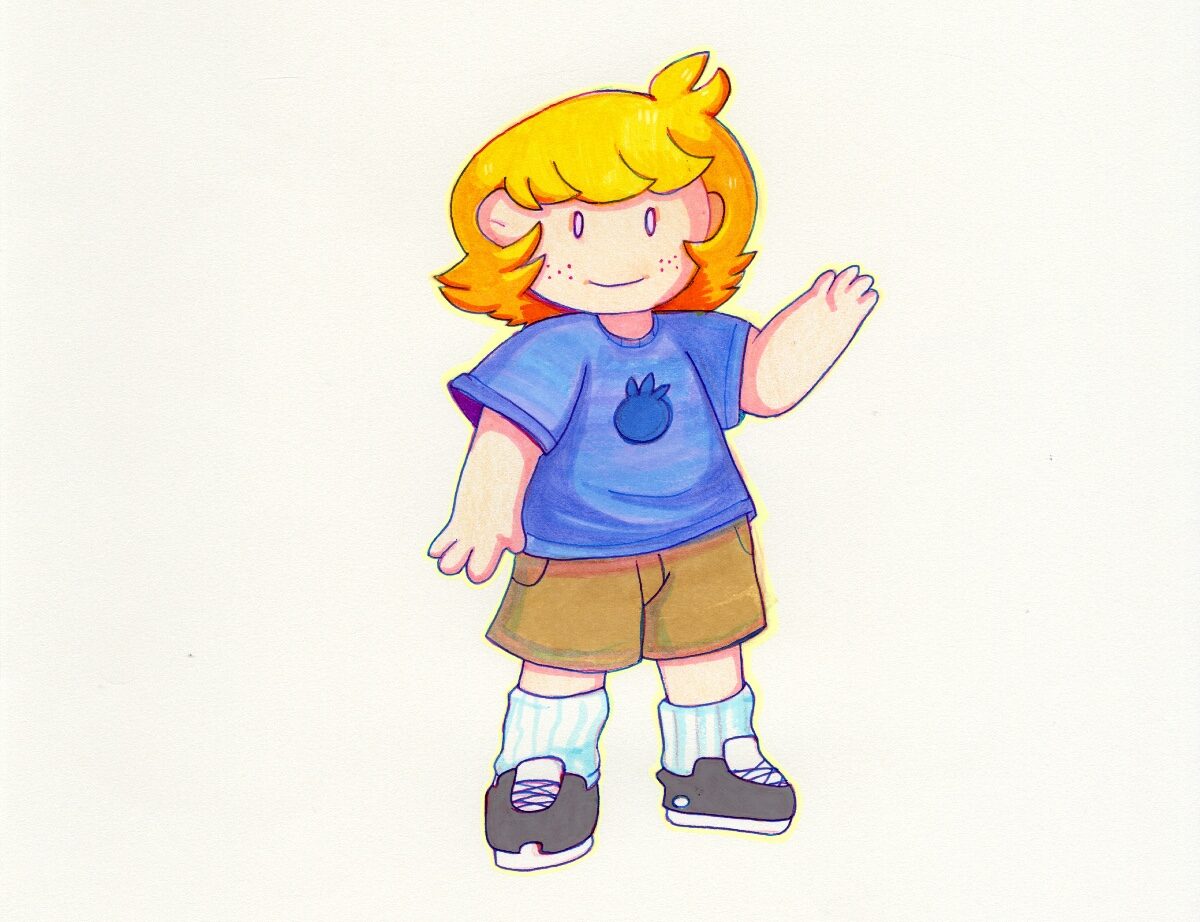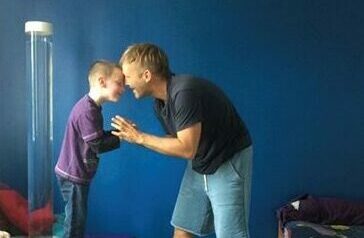Does your child whine, cry or even tantrum when they don’t get what they want?
Many children that I work with use whining/crying or even tantrums to get what they want. I am sure many of you reading this can relate. The good news is, your child is communicating!
Your child is smart, and because they are challenged in communicating fluently they are going to use any effective means they find. As caregivers we have an internal urge to ‘fix’ what ever we think is wrong for our child. Allow yourself to observe what people do when a child starts crying, we talk faster, we move faster, we offer things, we give in. On some level we just want it to stop!
There are many possible reasons for our reaction to our child’s crying. We attach our value as a parent or professional to how happy our child is when interacting with us. We fear other people’s judgments about us when our child is crying in public. We find different reasons to pressure ourselves to “FIX” the crying.
I am not talking about when a child is hurt or truly sad about something, comfort your child, love your child support them!!! It is important to differentiate when your child is truly upset and when they are simply wanting something they can’t have.
When we find ways to “make” our child stop crying in each moment we are only putting a band aid on something that requires a longer term solution. In other words to really see an impact in this area, your child has to have a consistent experience of crying and whining as ineffective. Right now, crying moves the world in some fashion, it may not always result in your child getting exactly what they want, but it generally gets them something and has a noticeable impact on the world around them.
It’s up to us to flip that on it’s head, when your child is crying to get something, instead of moving quickly, sloooooooow way down and dial down your IQ about 20 points. Become a big, dumb, but very loving animal. Make crying an ineffective way to get what you want. On the flipside of that, move quickly and happily when your child communicates or even attempts at communicating in ways you would like to see (looking, pointing, talking etc).
When your child does use crying as a means to communicate something they want, slowly offer one or two things that your child DOESN’T really want and then calmly and slowly explain you don’t really understand, once you have explained once move on and do something else and let your child’s crying peter out. As soon as your child calms themselves become more attentive and responsive. In doing this you are giving your child a deep contrast to what the world is like when they are crying as communication, as opposed to when they are using their other social communication tools!
If your child persists, put them in their room, this is not a punishment it’s a neutral consequence, it is important not to send a message of them being ‘bad’. This is just about making it an ineffective way of communicating. As consistently as you can move your child to their room in as neutral a way as you can (no raised voice, move slowly and minimal eye contact).
DO NOT keep explaining to your child or try to talk them down, this tends to make matters worse. DO NOT offer alternatives that they actually want. I have families tell me all the time that crying really isn’t a problem, but when I take a closer look it’s because whenever their child starts crying they offer something to stop it.
This works best when things are consistent, anybody who is still giving into your child when they are crying is supporting this form of communication. They will most likely target this person or people to get what it is they are looking for.
The general idea is to set reasonable boundaries for your child and if they react with crying be loving, but be slow and after a short while (30 seconds -1 minute) stop trying to help. Let your child figure it out. Experience is the greatest teacher and if they experience crying as ineffective they will invest more energy in other forms of communication that they find more effective.
Teaching your child to use other means of communicating has everything to do with us! What kind of communication are you cultivating?
- Important note! Sometimes during this process children will “test” their parents, they will intensify or lengthen their crying to see if they just need to up their game! Push through it!










